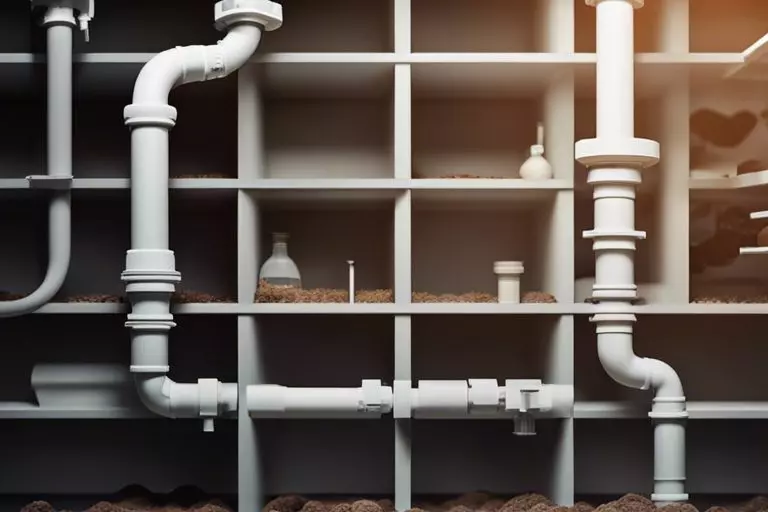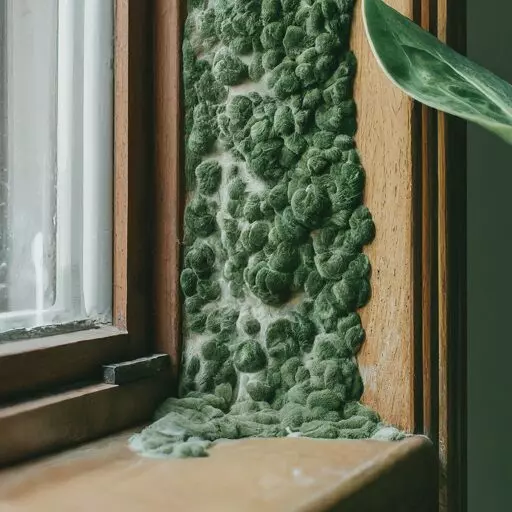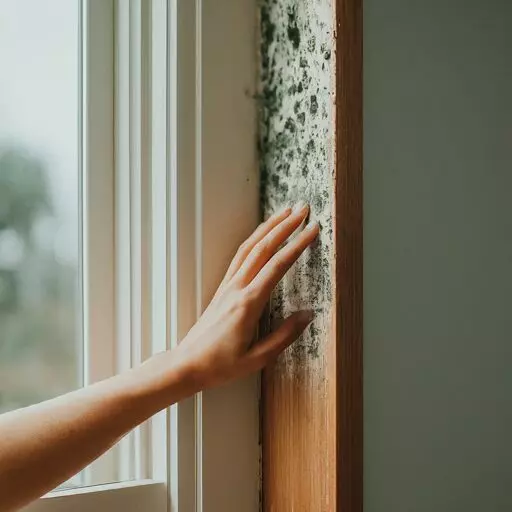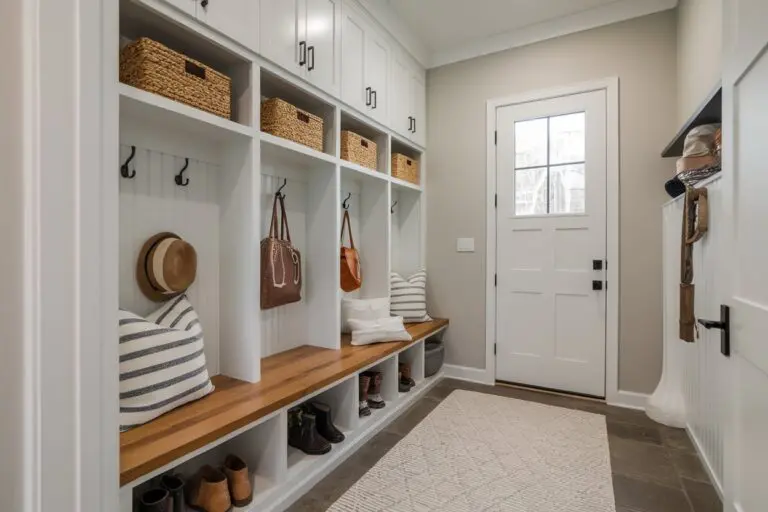Common Causes of Mold Growth in the Home

Many homeowners may not realize that common household issues can lead to mold growth in their homes.
Mold not only affects the air quality but can also pose health risks to those living in the space.
By understanding the main causes of mold growth, individuals can take preventative measures to keep their homes healthy and mold-free.

Unveiling the Mystery of Mold
What Exactly is Mold?

Your home should be a place of comfort and safety, but the presence of mold can quickly change that.
Mold is a type of fungus that thrives in damp, humid conditions.
It can appear as fuzzy patches of black, green, or even orange growth on walls, ceilings, or other surfaces in your home.
How Mold Finds its Way into Our Homes

An often overlooked aspect of preventing mold growth is understanding how it enters our homes.
An important factor to consider is that mold spores are everywhere, both indoors and outdoors.
They can easily be transported into our homes through open windows, doors, or even on our clothing and pets.
Plus, moisture is the key ingredient for mold growth.
Any areas with excessive humidity, leaks, or water damage provide the perfect breeding ground for mold.
It is crucial to address any water issues promptly to prevent mold from taking hold in your living space.

The Usual Suspects: Common Mold Hotspots
The Bathroom: A Mold Paradise

Hotspots in the bathroom include areas that are consistently damp and poorly ventilated, such as the shower, bathtub, and sink.
These moist environments create the perfect breeding ground for mold to thrive, especially in between tiles and grout lines.
To prevent mold growth in the bathroom, be sure to regularly clean and dry these surfaces to keep them free from moisture.
Kitchens and Basements: Where Dampness Dwells

Bathrooms are not the only spots in your home where mold can flourish.
Kitchens and basements are also prime locations for mold growth due to high levels of humidity and potential water leaks.
Areas near sinks, dishwashers, and water pipes are particularly susceptible to mold, so be sure to check these areas regularly for any signs of dampness or water damage.
Paradise: To keep mold at bay in kitchens and basements, it’s imperative to address any water leaks promptly, improve ventilation, and use exhaust fans to reduce humidity levels.
By staying proactive and addressing any moisture issues early on, you can create a healthier living environment for you and your family.
Everyday Activities that Invite Mold
Humidity Havoc: Showers and Cooking

For many of us, taking relaxing hot showers or cooking up a storm in the kitchen are daily routines.
However, these activities can create a perfect breeding ground for mold.
Humidity levels rise significantly during and after showers and cooking, providing the ideal damp environment that mold spores love to thrive in.
To combat this, make sure to use exhaust fans or open windows to allow moisture to escape and keep areas well-ventilated.
Wet Laundry and Drying Indoors: A Mold Invitation

On laundry day, it may be convenient to hang clothes and linens indoors to dry, especially during colder months or in small living spaces.
However, this practice can lead to excessive moisture indoors, which promotes mold growth.
It’s important to remember that damp laundry can release moisture into the air, increasing humidity levels and providing the perfect conditions for mold to develop.
To prevent this, try to dry clothes outside whenever possible or use a dehumidifier in the room where laundry is drying.

Fighting Back: Prevention and Remediation
Steps to Reduce Moisture and Prevent Mold Growth

Prevention: After identifying the common causes of mold growth in your home, it’s crucial to take proactive steps to reduce moisture levels.
This can be achieved by fixing any leaks in pipes, roofs, or windows, using dehumidifiers in damp areas, ensuring proper ventilation in bathrooms and kitchens, and regularly cleaning and maintaining HVAC systems.
When Mold Strikes: Remediation Strategies
Remediation: If mold has already taken hold in your home, swift action is necessary to prevent further spread and protect your health.
While small mold patches can be cleaned with a mixture of water and detergent, larger infestations may require professional remediation.
It’s important to wear protective gear such as gloves and masks when dealing with mold, and to properly dispose of any contaminated materials to prevent recontamination.
When mold strikes, it’s vital to act quickly to prevent it from spreading and causing further damage.
Fighting back against mold requires a combination of prevention strategies, such as controlling moisture levels, and effective remediation techniques to eradicate existing growth.
By taking decisive action and being thorough in your approach, you can ensure a healthy and mold-free home for you and your family.
To wrap up
As a reminder, it’s important to be aware of the common causes of mold growth in your home in order to prevent any issues in the future.
By addressing issues such as moisture buildup, poor ventilation, and water leaks promptly, you can reduce the risk of mold developing and spreading in your living space.
Regularly inspecting problem areas like bathrooms, kitchens, and basements can help you catch any potential mold growth early on.
Remember that mold can have negative effects on both your health and the structural integrity of your home, so staying proactive in preventing its growth is key.
By implementing these prevention measures, you can create a healthier and safer environment for you and your loved ones to enjoy.






